What is Precocial and Altricial Animals
Introduction:
The fascinating realm of animal reproduction, nature showcases a remarkable diversity in the strategies employed by different species to ensure the survival of their offspring. Two contrasting approaches to offspring development, “precocial” and “altricial,” represent the intriguing spectrum of reproductive adaptations observed across the animal kingdom.
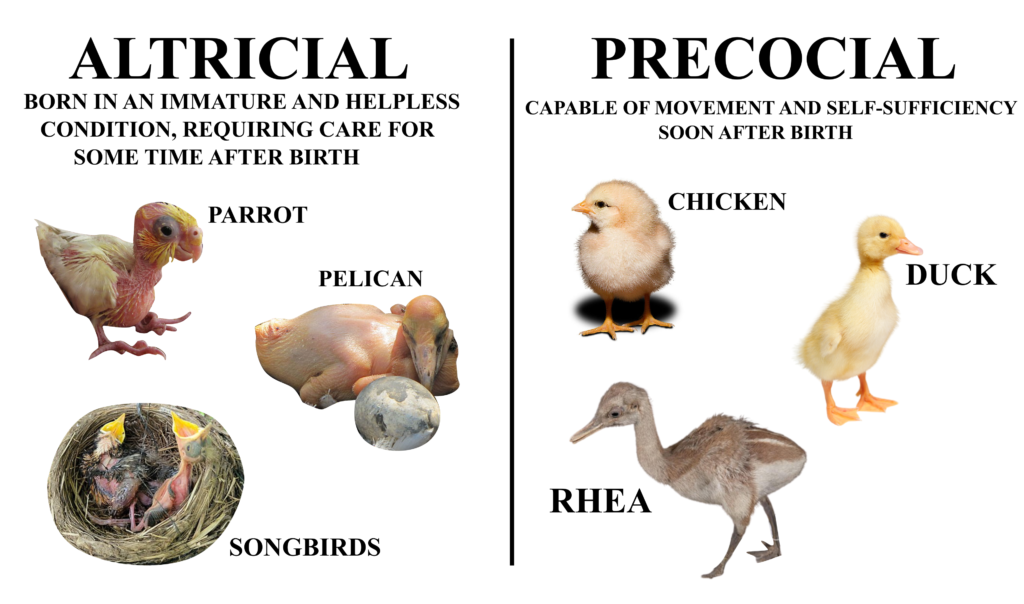
Easy examples to understand:

Precocial:
Precocial refers to a developmental strategy in which offspring are born or hatched in a relatively advanced state. These young are typically more mature and independent, often capable of moving around, feeding, and sometimes even flying shortly after birth or hatching.
Examples:
Birds such as ducks, geese, and quail are classic examples of precocial species. Ungulates like horses and deer also give birth to precocial young that can stand and walk soon after birth.
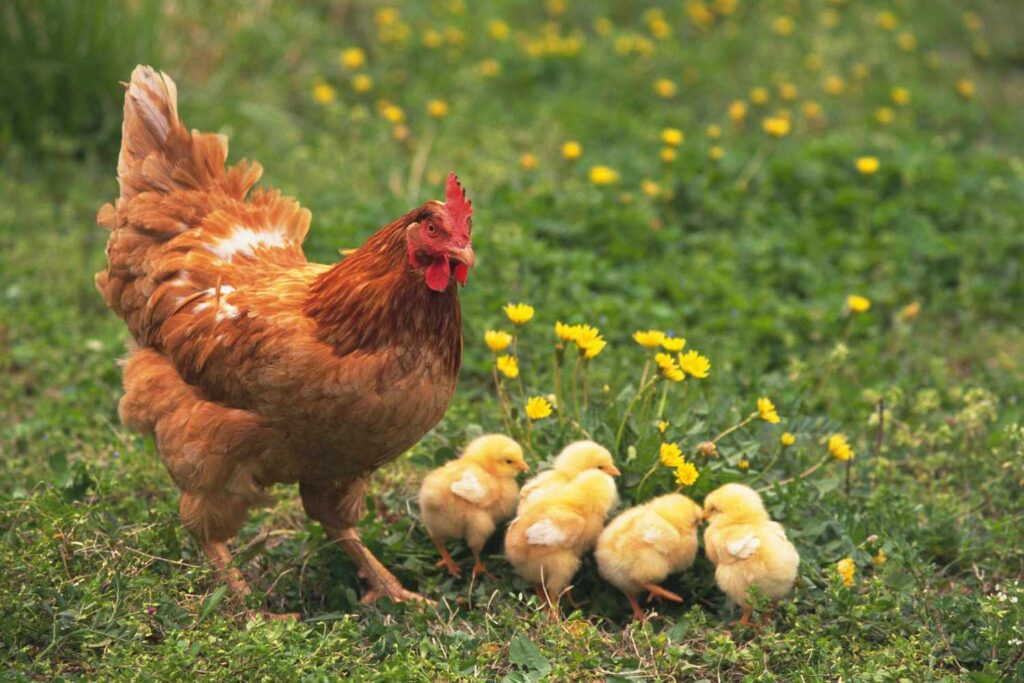

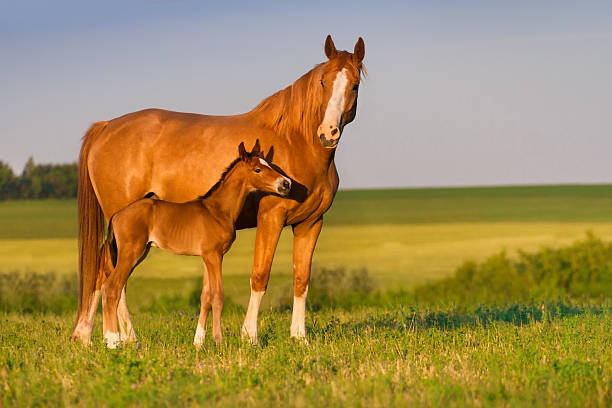
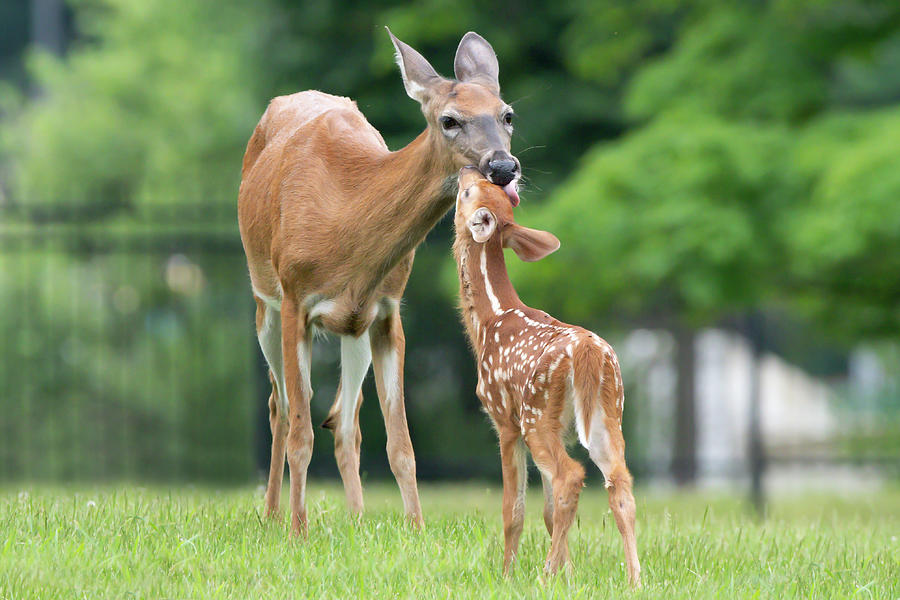
Altricial:
Altricial describes a developmental strategy where offspring are born or hatched in a relatively undeveloped and helpless state. These young require a more extended period of parental care and nurturing before becoming independent.
Examples:
Many songbirds, such as robins and sparrows, produce altricial chicks. Similarly, most mammals, including humans, have altricial offspring that are born in a relatively helpless state and require significant parental care.


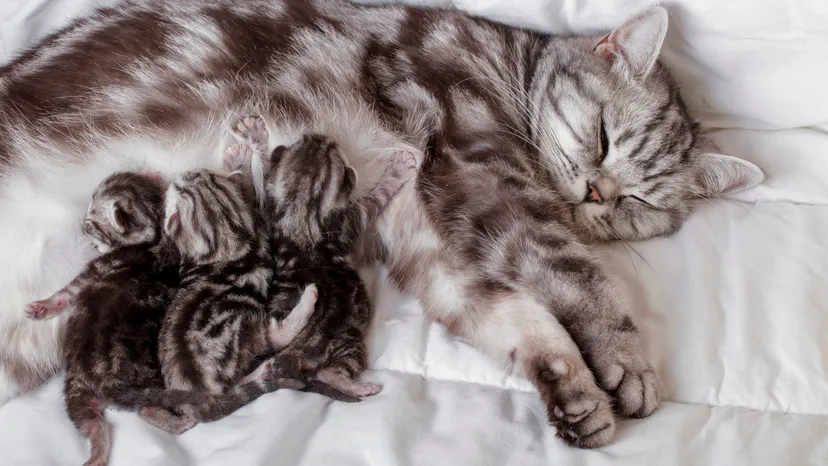
Key Contrasts:
Physical Development: Precocial offspring are born with more advanced physical development, often with open eyes, a covering of fur or feathers, and the ability to move independently. Altricial offspring, in contrast, are born with closed eyes, limited mobility, and a lack of body covering.
Dependency on Parents: Precocial offspring are less dependent on constant parental care, while altricial offspring rely heavily on their parents for feeding, protection, and warmth.
Environmental Adaptations: The choice between precocial and altricial development is often influenced by environmental factors. Species in open environments where mobility is crucial may lean towards precocial development, while those in more sheltered environments may opt for altricial development.
Evolutionary Significance:
Trade-offs:
The choice between precocial and altricial development involves trade-offs. Precocial offspring have a higher chance of survival in open environments but may require more resources during gestation. Altricial offspring demand less energy during gestation but need more parental investment after birth.
Adaptability in Nature:
Instances of Species Exhibiting Both Precocial and Altricial Traits:
Several species exhibit a fascinating combination of precocial and altricial traits, showcasing the flexibility and adaptability of nature in response to diverse environmental conditions. This unique characteristic is particularly intriguing as it allows these species to adjust their developmental strategies based on specific challenges they may encounter. Here are notable examples:
Raptors (Birds of Prey):
Some raptors, such as eagles and hawks, demonstrate a mix of precocial and altricial traits. While their offspring are born relatively altricial, with closed eyes and limited mobility, they quickly develop precocial features, including rapid growth and the ability to leave the nest earlier than many altricial species.
Songbirds:
Certain songbird species, like the European Starling, exhibit a balance of precocial and altricial traits. Songbirds often have altricial chicks that are born naked and helpless, but they rapidly develop precocial characteristics as they grow feathers and gain mobility.
Waterfowl:
Ducks and geese are known for their varied reproductive strategies. Some species, like the Wood Duck, produce precocial ducklings that are ready to swim and forage shortly after hatching. In contrast, other waterfowl species, such as swans, may have more altricial offspring.
Cetaceans (Dolphins and Whales):
Cetaceans provide a unique example of species exhibiting both precocial and altricial traits. While some species, like orcas, have precocial calves that can swim alongside their mothers shortly after birth, others, like the sperm whale, have more altricial calves that require extensive maternal care.
Rodents:
Rodents, including species like guinea pigs, can display a mix of precocial and altricial traits. While newborns may be relatively altricial, their rapid development allows them to become more precocial as they quickly gain independence and mobility.
Marsupials:
Some marsupials, such as kangaroos, showcase a combination of both developmental strategies. While their young are born in a relatively altricial state and complete their development in the mother’s pouch, they demonstrate precocial traits as they continue to grow and eventually leave the pouch.
Carnivores:
Carnivores like big cats, such as lions and tigers, often have cubs that exhibit both precocial and altricial characteristics. While newborns may be altricial, they rapidly develop precocial features as they gain strength, coordination, and the ability to accompany their mothers.
Certain Insect Species:
Some insect species, like certain ants and bees, showcase a mix of precocial and altricial traits among different castes within the colony. Worker ants, for example, may exhibit precocial traits as they are responsible for foraging and other tasks, while the reproductive caste may have more altricial features.
6 thoughts on “What is Precocial and Altricial Animals”
I in addition to my buddies ended up viewing the nice recommendations found on your website and instantly got a terrible suspicion I never expressed respect to you for those strategies. Most of the guys were for this reason excited to see them and already have certainly been using those things. We appreciate you turning out to be so considerate and then for figuring out these kinds of cool guides most people are really desperate to know about. Our own sincere regret for not expressing gratitude to earlier.
As a Newbie, I am continuously browsing online for articles that can benefit me. Thank you
Hello There. I found your blog using msn. This is a really well written article. I’ll be sure to bookmark it and come back to read more of your useful information. Thanks for the post. I will certainly comeback.
Spot on with this write-up, I actually suppose this web site needs much more consideration. I’ll in all probability be again to read way more, thanks for that info.
Good day! Would you mind if I share your blog with my twitter group? There’s a lot of folks that I think would really enjoy your content. Please let me know. Many thanks
sure